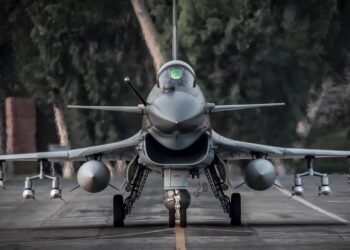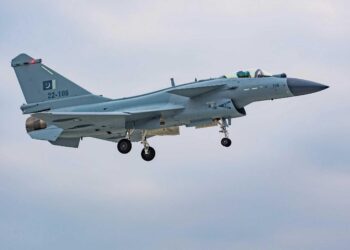WASHINGTON: As Defense Department officials overhaul the Pentagon’s acquisition system, they’re asking warfighters to define exactly what they need, then holding industry to more fixed-price contracts to develop those capabilities, a senior defense official told American Forces Press Service.
Shay Assad, acting deputy undersecretary of defense for acquisition and technology, cited two problems that have long plagued the defense acquisition system. Expectations were set so high — and contracts written accordingly — that systems took longer than expected to develop. Meanwhile, costs escalated, with the Defense Department left to pick up the bulk of the additional charges.
Both practices are coming to a halt as the Pentagon changes the way it does business. The goal, Assad said, is to be more responsive to warfighters’ needs and better stewards of taxpayer dollars.
Warfighter requirements always will trump in the acquisition effort, Assad said. “We want our warfighters to have the overwhelming technological superiority. We want them to have every advantage they can possible have,” he said. “We do not want this to be a fair fight.”
But too often in the Pentagon’s drive to provide that superior capability, “we push the technical envelope too far,” he acknowledged.
“We are expecting too much, instead of being realistic about what we can achieve in the near term and getting that to the field,” he said.
Defense Secretary Robert M. Gates told Congress earlier this year the Pentagon too often makes the perfect the enemy of the good. Gates said the department needs to be more willing to settle for the “75-percent solution” that gets capability into warfighters’ hands faster, than always waiting for a near-perfect system.
Therefore, officials are looking to the experts — the warfighters themselves — to define exactly what they need.
“Bringing warfighters into the decision-making process that drives acquisition is “a big change,” Assad said. “We’re very focused on working with the warfighters, and there’s a significant amount of interchange,” he added.
The dialog promotes a better understanding of what capabilities are available now and can be delivered in the short-term, and which requirements have no present-day solutions and will take longer to meet, Assad said.
Warfighters get to identify, for example, when the 75-percent solution that’s deliverable within two years will work until the 100-percent solution will be ready in about seven years.
“Our warfighters sometimes get frustrated because of the length of time it takes to design, develop and field a system,” Assad said. “And when we look back on it, the reason that happens is because we did not do as good a job as we should have up front, defining what we need, or making sure that the technologies exist to meet that requirement. So this is a big step forward in being more responsive to warfighters’ needs.”
Meanwhile, the department is keeping no-bid contracts to a minimum to increase competition. And in awarding contracts, it’s helping to prevent cost overruns through better up-front cost estimates and more fixed-price development programs.
Assad conceded that fixed-price contracts aren’t suitable for every program, and that it is nearly impossible to estimate precisely how much every development program will cost. But getting a better handle of costs at the beginning of the development process will reduce expensive surprises later in the process, he explained.
“So when we say something is going to cost $50 million, we will be comfortable that it is going to be in that range somewhere — not $300 million,” he said.
Fixed-price contracts, with payouts tied to performance, will make contractors closer partners in ensuring programs proceed on schedule and on budget, Assad said.
President Barack Obama emphasized the importance of these and other acquisition reforms under way during an address last week at the Veterans of Foreign Wars convention in Phoenix.
“Every dollar wasted in our defense budget is a dollar we can’t spend to care for our troops or protect America or prepare for the future,” the president said. “We cannot build the 21st-century military we need and maintain the fiscal responsibility that America demands unless we fundamentally reform the way our Defense Department does business. It’s a simple fact.”









